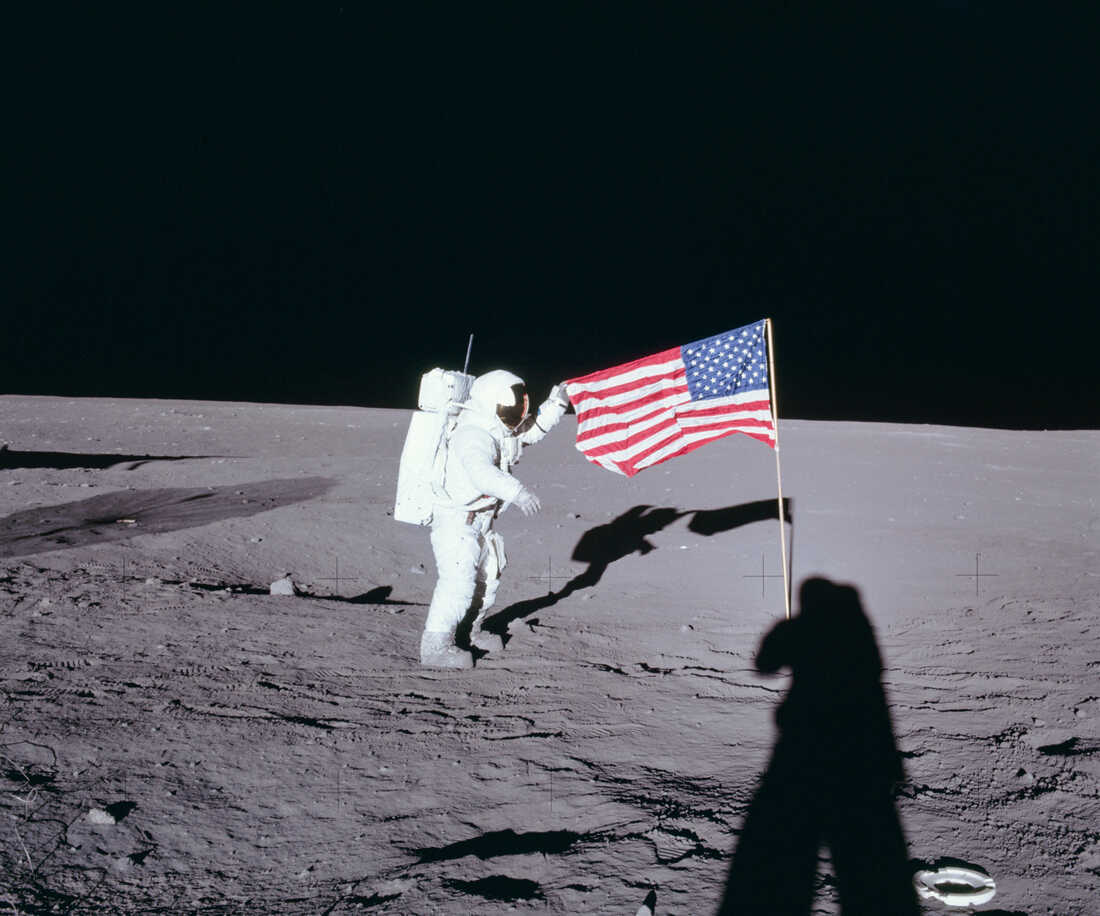The National Aeronautics and Space Administration, commonly known as NASA, recently announced plans to construct permanent housing on the moon by 2040, and both Westminster students and teachers alike have begun to wonder about a possible future where Earth is not the only home for humans.
At first glance, the prospect of lunar residences may seem like one straight out of sci-fi and completely unattainable, but NASA has devised a clear strategy. Partnering with ICON, a Texas-based construction-technology company specializing in 3D printing, NASA hopes to send a 3D printer to the moon that will process moon dust and local lunar resources into building materials. Coined “Olympus,” this system will reduce the potential costs of sending raw materials and provide a means to create a sustainable, long-term presence on the moon.
“[Olympus] will allow us to … build all the elements of infrastructure necessary for a lunar outpost and ultimately a moon base,” said ICON CEO Jason Ballard in a CBS interview. “Launch and landing pads, roadways, habitats, you name it —we’ll have all the things we need to thrive on the moon.”
In addition to ICON, NASA is working with numerous universities and private companies. The School of Architecture at Texas A&M University is developing an automated construction system that can be operated by robots in space. Similarly, the LSU School of Engineering is creating training for construction teams to coordinate with robots in space, as well as studying the potential of a waterless concrete created from moon rock. Architects at the Space Exploration Architecture (SEArch+) and Bjarke Ingels Group have also been enlisted to render concepts and designs of houses on the moon.
Niki Werkheiser, NASA’s director of technology maturation, said that “this development forward with commercial partners will create the capabilities [needed] for future missions,” as cited from a Dezeen article.
All of these efforts from NASA are culminating in one mission: Artemis. Named after the twin sister of the Greek god Apollo, the first phase of the moon program, Artemis I blasted off in November 2022, and Artemis II will follow in 2024. Artemis III, scheduled for 2025, will mark humanity’s return to the moon after more than five decades in a crewed Moon landing mission.
Furthermore, with the initiation of the Artemis Accords in 2020, moon exploration is destined to be a peaceful endeavor. Outlined by the U.S. Department of State as “a set of principles designed to guide civil space exploration and use in the 21st century,” the Artemis Accords is led by the United States, Australia, Canada, Italy, Japan, Luxembourg, the United Arab Emirates, and the United Kingdom, along with 29 signatories. The global commitment to sustainable and cooperative exploration in space will be crucial to lunar settlement.
NASA does not see the moon as the final destination, however; it hopes to use human settlement on the moon as a stepping stone for travel to Mars. In fact, NASA’s ideal future is one in which the moon serves as a layover and a pit-stop for spacecraft on the way to Mars, with water on the lunar surface serving as a source of rocket fuel.
The developments of the Artemis mission, coupled with NASA’s various partnerships, will prove fundamental to human life on the moon and Mars.
Regardless of how well thought out the mission is, Westminster students are still skeptical about how safe living on the moon might be.
“I would absolutely not live on the moon,” said sophomore John Overend. “Maybe Mars because there is more to do.”
While there are people who feel as though lunar living might seem too dangerous to pursue, there are some who feel drawn to the idea of living on the moon.
“I would not mind living on the moon,” said sophomore Neil Govin. “I feel like life on the moon, especially with the low gravity, could be really cool. If I could choose though, I would rather live on Mars. I feel like it is more of a realistic place to live than the moon.”
In the end, though, NASA’s exploration of the moon reflects an intrinsic human quality: curiosity.
“I think NASA’s work is a natural progression in the curious and adventurous character of our beings,” said physics teacher Adam Pullen. “I believe that is what is driving everything forward.”
With the possibility of habitation on the moon and Mars getting closer and closer, the question remains whether people are willing to step out of their comfort zone and take the cosmic voyage to the unknown.
Edited by Ayan Chaganthi





